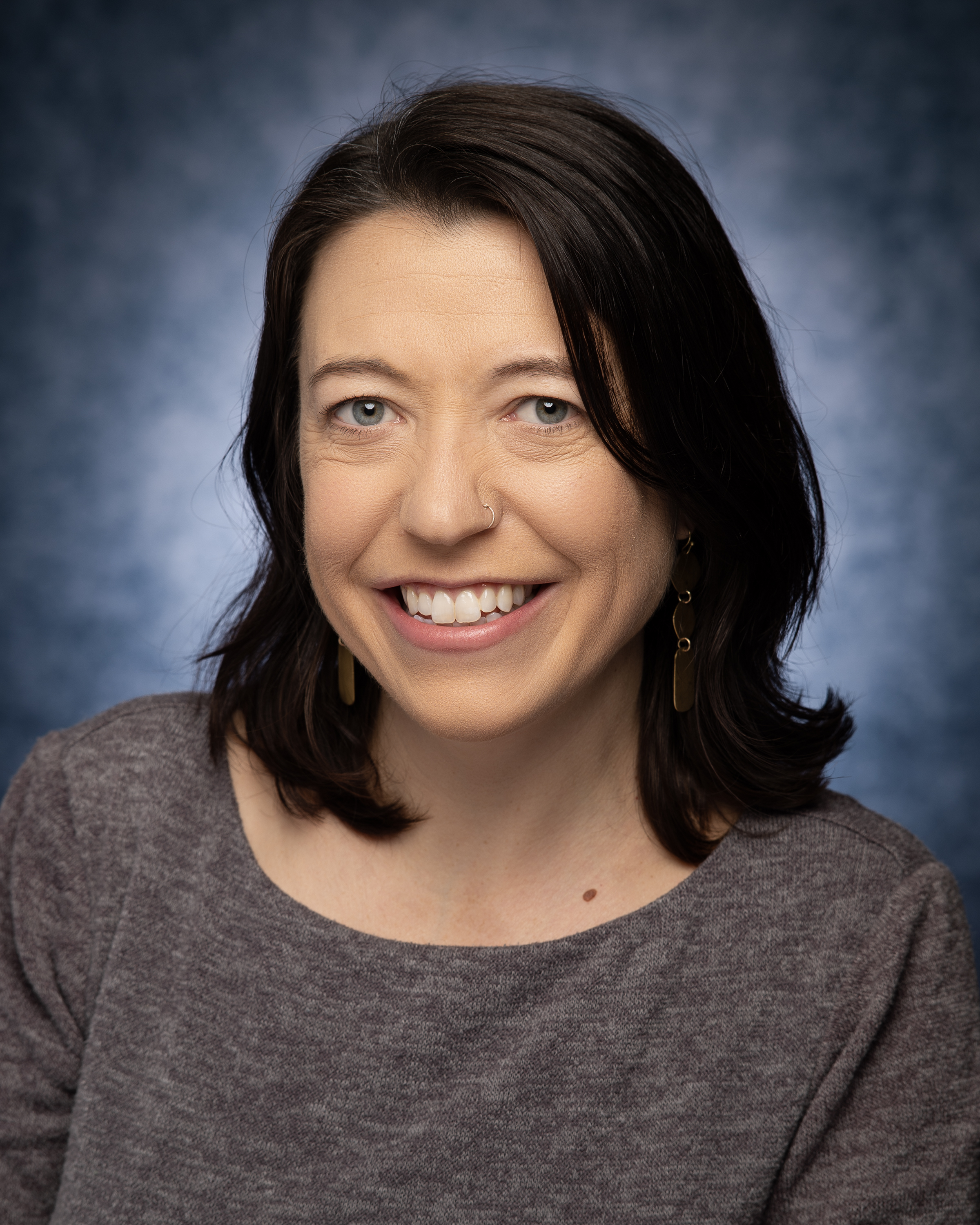Women in STEM were critical to the success of the Apollo 11 mission 50 years ago, and to the continued exploration of our galaxy.
July 16, 2019Women in STEM were critical to the success of the Apollo 11 mission 50 years ago, and to the continued exploration of our galaxy and nuclear space power. NASA has announced plans to return to the moon by 2024, as a research hub and stepping stone to a mission to Mars, and vowed to have a woman astronaut walk on the lunar surface for the first time.
Join us in celebrating this world-famous mission of human spaceflight, and download our women in space posters for your home, office, or classroom. Get inspired by these women in STEM and know that you too can be a trailblazer.
Dr. Evelyn Boyd Granville
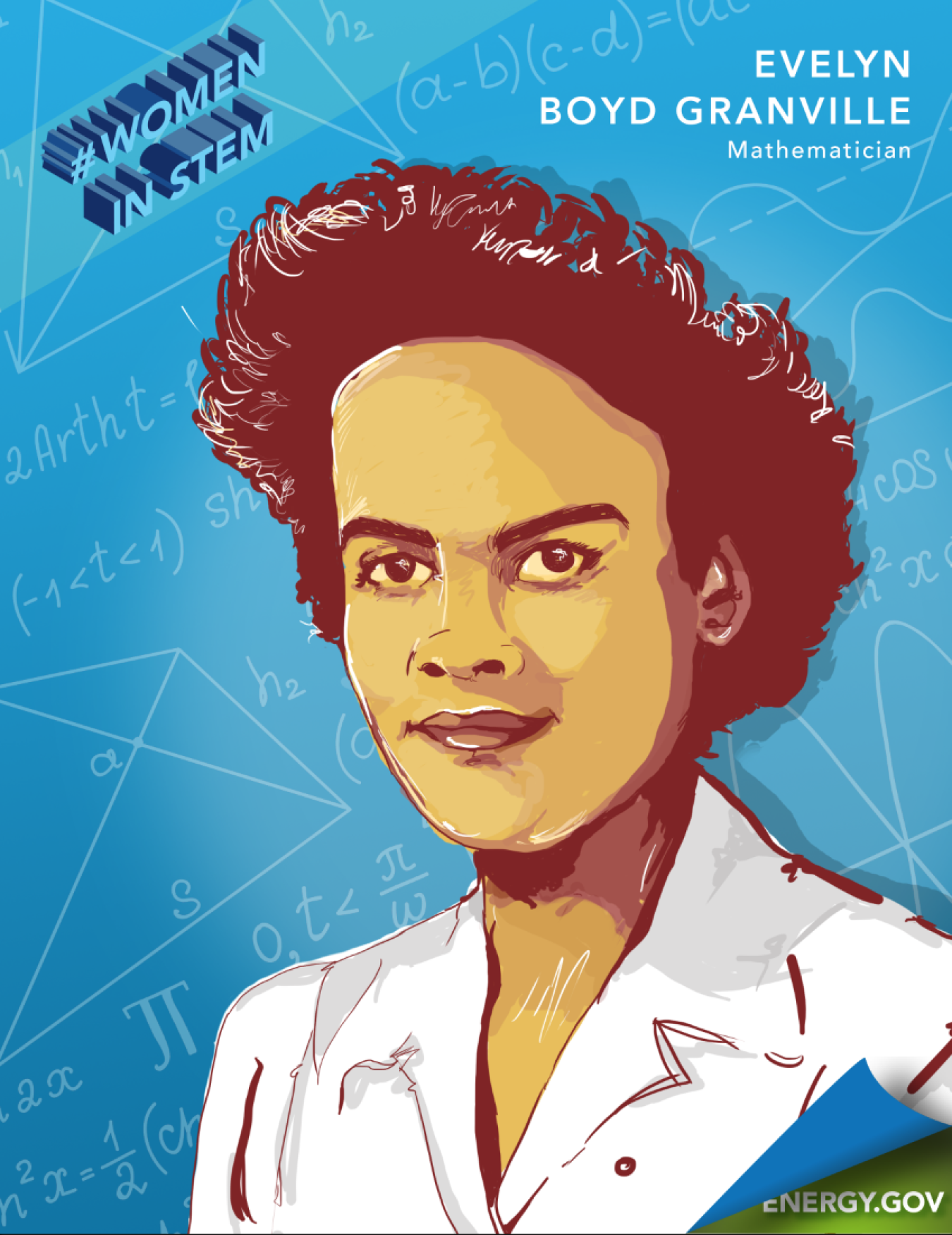
Dr. Evelyn Boyd Granville was the second African American woman to earn a Ph.D. in mathematics and helped in America’s early space missions including the NASA Apollo program. She was a contractor back in 1956 to IBM, which was supporting NASA by designing computer software that helped analyze satellite orbits for the Project Mercury missions. Then in 1962 she worked on NASA’s Apollo program as a contractor for North American Aviation. She was born in Washington, D.C. in 1924, and finished at the top of her class at Dunbar High School. Dr. Granville went on to graduate summa cum lade from Smith College in 1945 and earned her Ph.D. in mathematics from Yale University in 1949.
Learn more about Dr. Evelyn Boyd Granville, including about her work later as a chicken egg saleswoman, in our five fast facts blog here and download her poster here.
Annie Easley
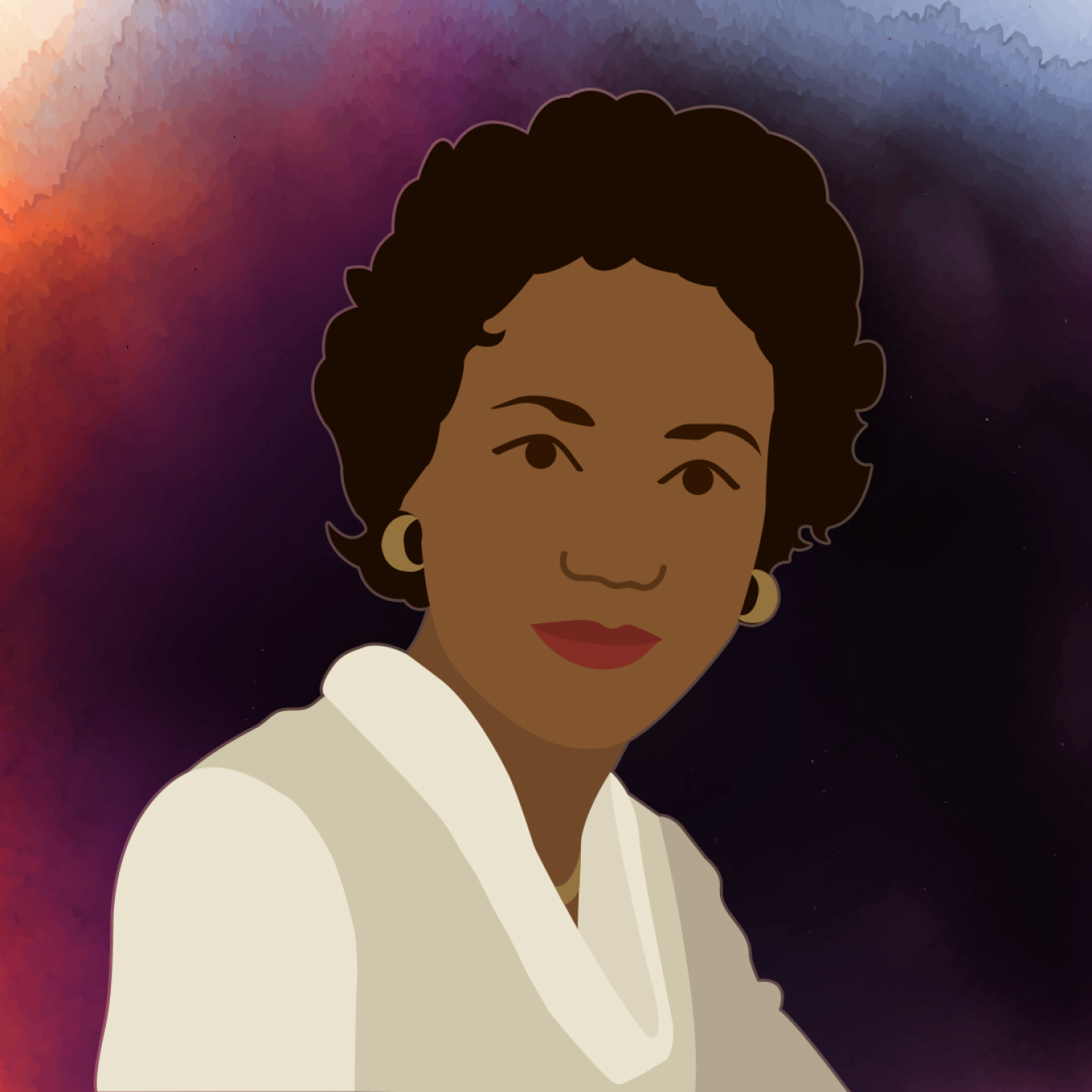
Rocket Scientist Annie Easley worked at NASA before it was even called NASA. When she started her career there in 1955, it was called the National Advisory Committee for Aeronautics, or NACA. She was inspired to join NACA when she was looking for a career change after a move to Cleveland, as she couldn’t continue her studies in pharmacology since they didn’t offer that program at the local universities. She read an article in a Cleveland newspaper about twin sisters who worked as “human computers” at NACA and quickly applied for the job. Annie worked on Centaur technology at NASA, using liquid hydrogen and liquid oxygen to boost rockets into space.
Learn more about Annie in our five fast facts blog here and download her poster here.
Dr. Mae Jemison
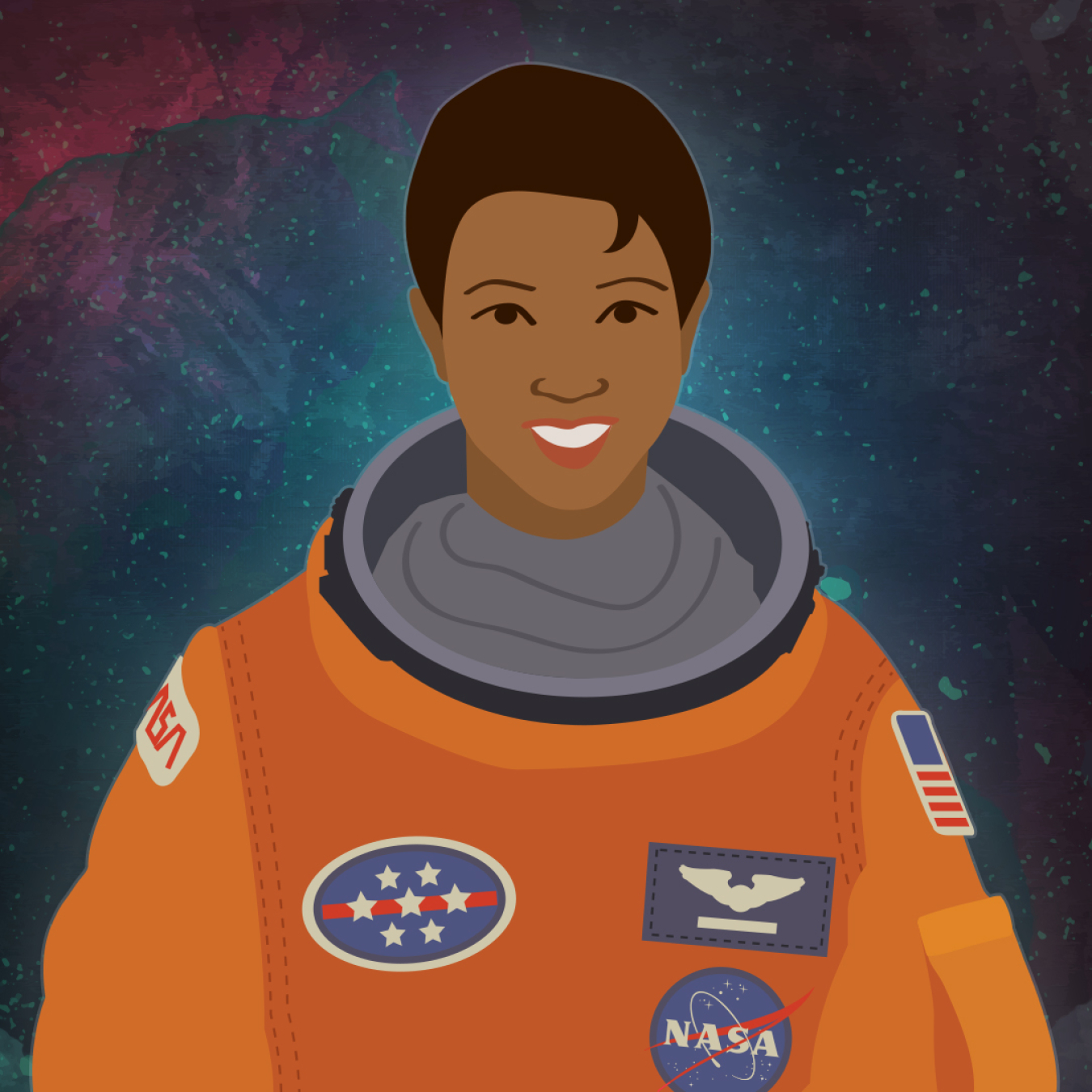
Seeing a lack of female astronauts during the Apollo missions irritated Mae Jemison, and helped drive her to become the first African American woman astronaut when she grew up. Dr. Mae Jemison is a trained medical doctor, served as a Medical Officer in the Peace Corps, and now is the principal of the 100 Year Starship, which hopes to go beyond the far side of the moon and make human interstellar travel a reality within the next 100 years. Dr. Jemison is a person of many talents – beyond her many flight hours logged as an astronaut, she’s been a professional choreographer, STEM Ambassador, dancer, actress, and doctor.
Learn more about Dr. Jemison in our five fast facts blog here and download her poster here.
Dr. Ellen Ochoa
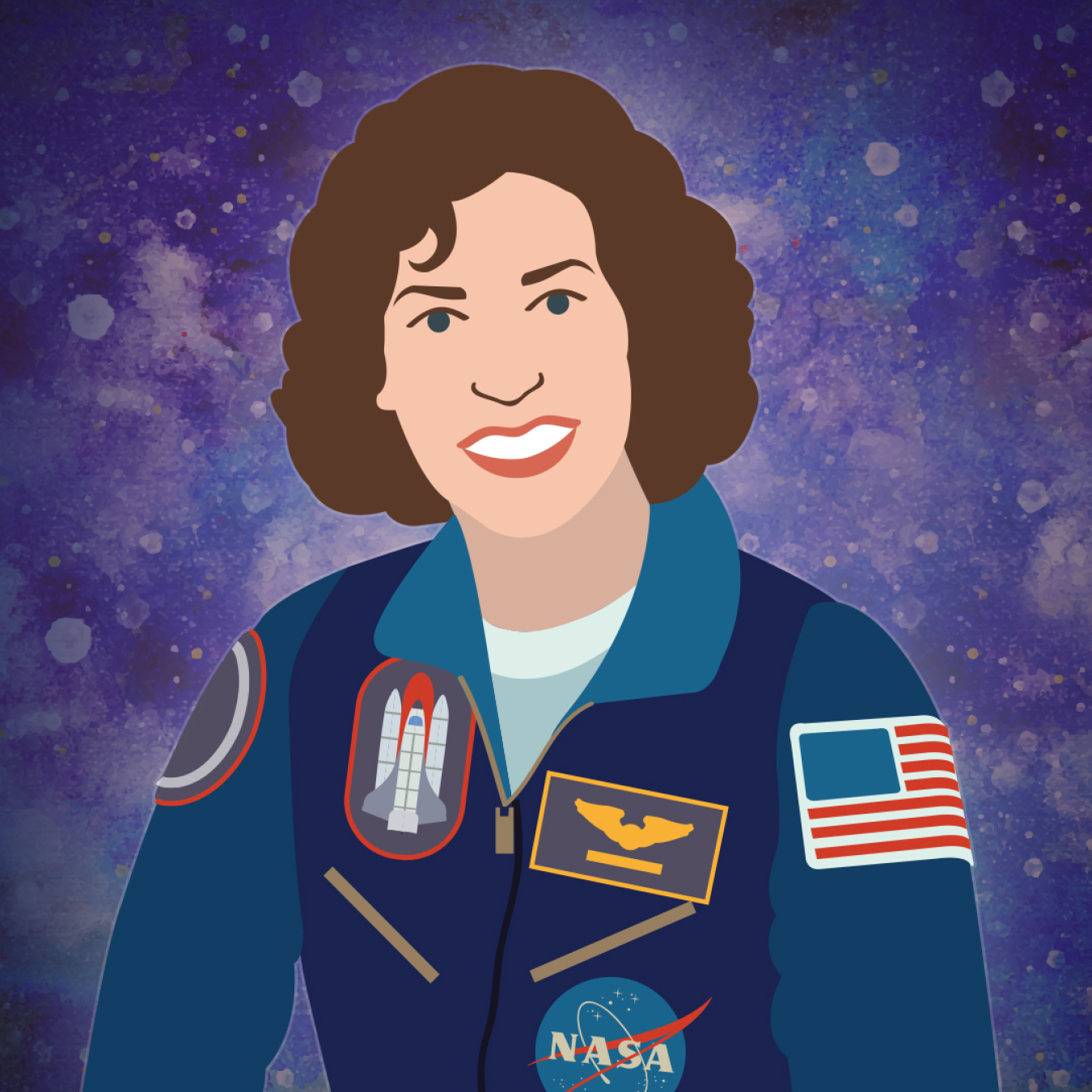
Dr. Ellen Ochoa was a girl in elementary school when the Apollo 11 mission succeeded. She was excited that day, but said the idea of an American woman being an astronaut was so far-fetched that the thought that she could be an astronaut didn’t occur to her until she was a graduate student at Stanford 15 years later. Dr. Ochoa was a researcher at the Energy Department’s Sandia National Laboratory before she became the first Hispanic woman astronaut. She spent almost 1,000 hours in space aboard four different missions, and applied to be an astronaut three times before being accepted on her fourth try by NASA in 1990. She was aboard the space shuttle Discovery in 1993, and is the former Director of the Johnson Space Center in Houston, Texas.
Learn more about Dr. Ochoa in our five fast facts blog here and download her poster here.
Check out more inspiring women in STEM at www.energy.gov/women


